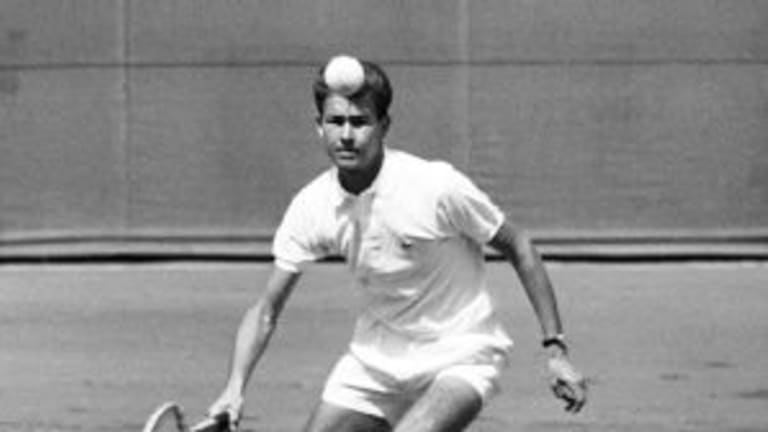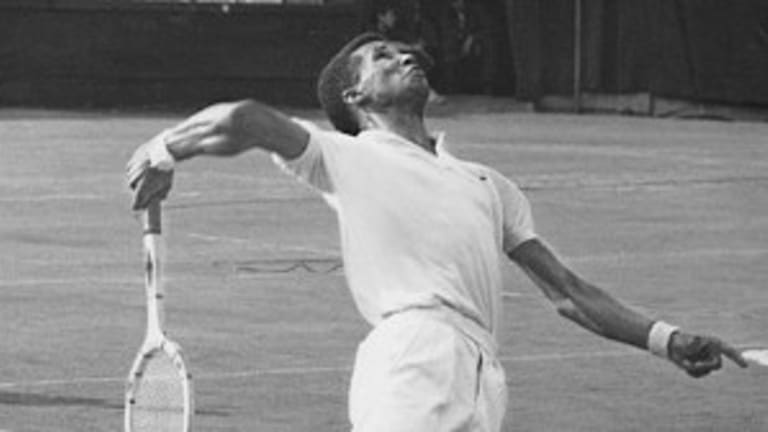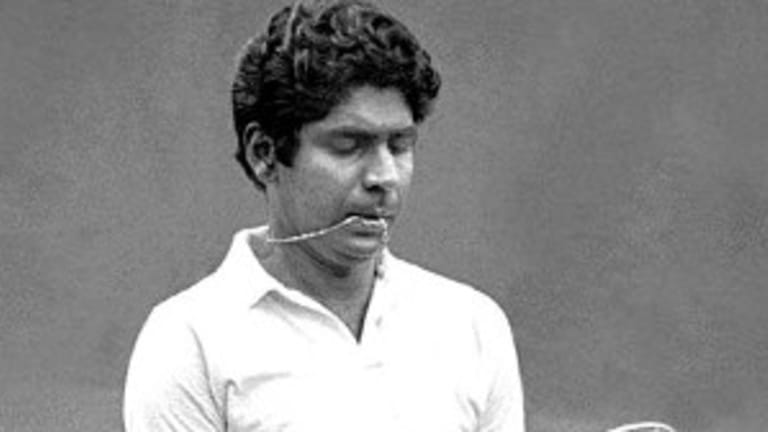This weekend’s Davis Cup final between France and Switzerland has all the makings of a classic. It will have history: Roger Federer and the Swiss are going for their first Cup. It will have goose-bump moments: The deep French team will be cheered by more than 20,000 of its countrymen. And, in case all of this isn’t enough to pique the media’s interest, it will have a whiff of scandal, in the form of this past weekend’s Swiss family feud between Federer, his wife, Mirka, and his teammate, Stan Wawrinka.
It’s a moment to celebrate for the Davis Cup, an event whose death has been prematurely announced, and greatly exaggerated, for at least four decades now. In fact, when you look back 40 years, you realize that the bigger story is how far the Cup has come, and how well it has done to survive, over that time. It was exactly four decades ago, in November 1974, that it reached its low point. That year, the Cup really was empty.
This is how it felt, anyway, to the Indian and South African players who had reached the final, something had long been considered the ultimate goal in men’s tennis. One of those teams was guaranteed to break the 38-year stranglehold that the United States and Australia had on the event, and to become just the fifth country, after the U.S., Australia, Great Britain, and France, ever to win it. The honor would go to South Africa, but the way they won wouldn’t make them feel like champions. They never even had a chance to take the court.
That’s because the Indian government, in a decision apparently taken by prime minister Indira Gandhi, decided to boycott the tie, which was to be held in whites-only Ellis Park in Johannesburg, under South African’s apartheid regime. There the Indians would have been classified as “nonwhites,” and any Indian spectators would have been relegated to a tiny section of seats at the top of the stadium.
It wasn’t the first or last time a country would default to South Africa during that period; Argentina had done the same thing earlier in the same season, and Colombia and Mexico would follow suit in 1975. South Africa had been banned from the Davis Cup entirely from 1970 to ’73, and was kept out of the Olympics from 1964 until 1992. Still, the Indian tennis players, which included the Amritraj brothers, Vijay and Anand, as well as the country’s federation, wanted to play. The tennis world as a whole was horrified by the result and what it meant for one of its most treasured prizes.
“It was not an occasion for rejoicing at the fresh wind of change,” wrote British journalist Lance Tingay. “It was the saddest outcome in the history of the Davis Cup.”
“The events of 1974 would have appalled [Cup founder Dwight Davis],” wrote Australian journalist Alan Trengove. “His ideals were forgotten.”
“The only time we had an excellent chance of winning the Davis Cup, we gave it away,” a still-bitter Anand Amritraj told the New York Times 35 years later.


